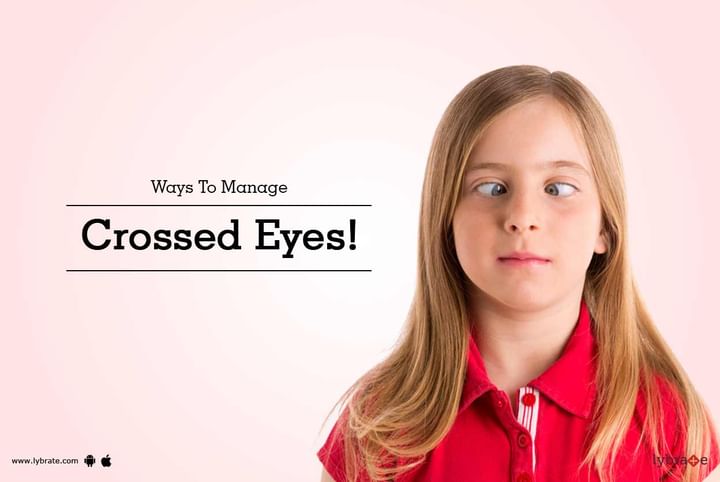Ways To Manage Crossed Eyes!
Vision is one of our most important senses. Reduced vision that triggers the need for corrective glasses is one of the most common disorders associated with the eyes. Crossed eyes are another such common disorder that affects the eyes. In medical terms it is also known as Strabismus. This condition is a result of miscommunication between the brain and the eye muscles that result in misalignment of the eyes. It is largely a hereditary condition and should not be confused with a lazy eye syndrome.
In fact one of the condition causing lazy eyes! Crossed eyes can cause double vision and disorientation. Your depth perception may also be affected. It also causes eye strains and headaches that affect the quality of your life. This condition is seen mostly in children. If not treated in time, it can continue into the adult years as well. The development of crossed eyes in adults who have not suffered from this condition as children is usually a sign of a serious condition such as a stroke.
Some symptoms characteristic of this condition are:
- Independent movement of eye balls
- Tilting the head to a side
- Squinting Varied points of reflection in each eye
- Frequently bumping into things as a result of impaired depth perception
Treatment for this condition can be surgical as well as non surgical.
Non surgical treatment aims at strengthening the eye muscles and treating the visual system as a whole. The aim is to not allow the eye to become lazy or amblyopic. If the squint is due to refractive error then corrective glasses are prescribed which need to be worn regularly.
In some case lazy eye requires patching whe re it is worn over the strong eye. In some cases glasses and patching both are advised. Medication may also be injected into the eye to relax the eye in cases were paralysis is the reason for squint. If you wish to discuss about any specific problem, you can consult an Ophthalmologist.



+1.svg)
